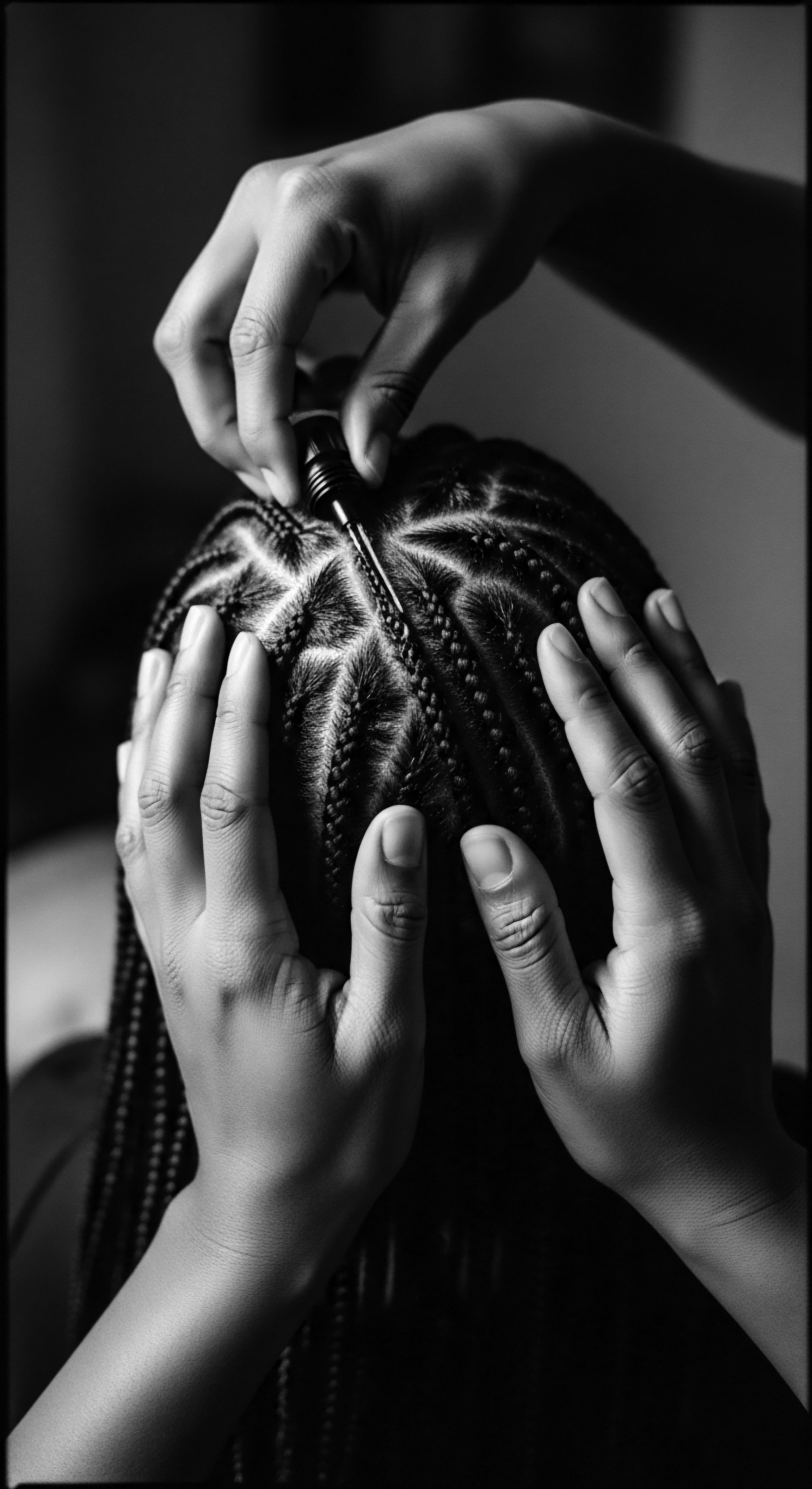
Fundamentals
The concept of Health Disparities, within the context of Roothea’s exploration of textured hair heritage, refers to the preventable differences in health outcomes experienced by various population groups. These distinctions are not random occurrences; rather, they arise from systemic, social, economic, and environmental disadvantages that disproportionately affect certain communities. When we consider the unique journey of textured hair and the communities that bear its ancestral legacy, the interpretation of health disparities takes on a deeper, more resonant meaning. It speaks to the uneven distribution of wellness, shaped by forces far beyond individual choice.
For communities rooted in Black and mixed-race hair traditions, understanding this concept involves recognizing how historical oppressions and contemporary societal structures have carved distinct paths of health and illness. The delineation of health disparities in this realm extends beyond simple statistics, touching upon the very care practices, products, and perceptions that have shaped generations. It is a statement on how the collective well-being of a people can be affected by the persistent echoes of inequity.
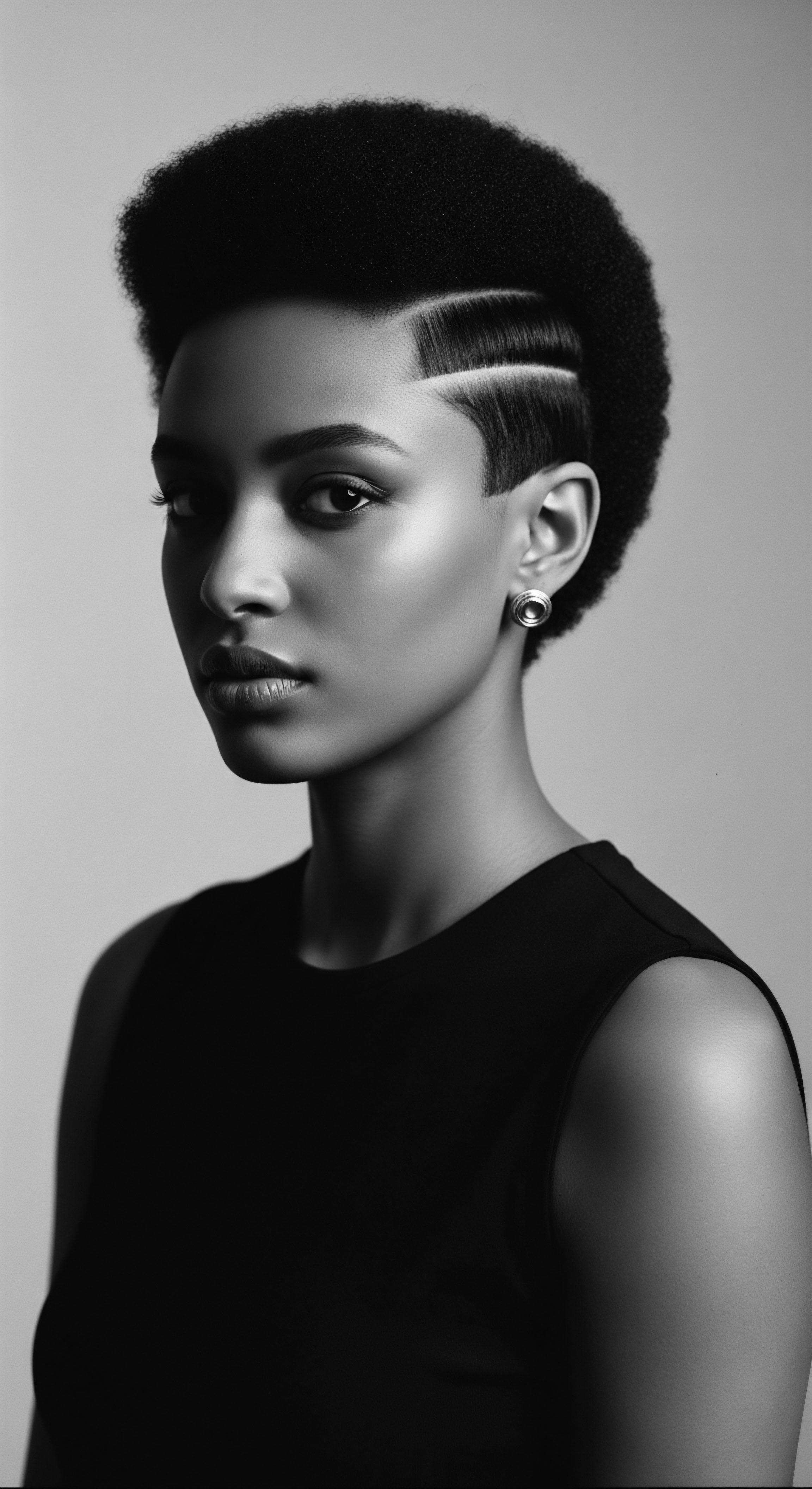
Early Echoes from the Source
From ancient African civilizations, hair was more than adornment; it served as a language, communicating status, lineage, age, and spiritual connection. Communities practiced elaborate hair care rituals, utilizing natural ingredients and communal styling sessions that bonded generations. These practices, deeply woven into daily life, inherently supported scalp and hair vitality. The significance of clean, neat, and thick hair in pre-colonial Africa was tied to notions of health, fertility, and societal standing, with specific braided styles conveying marital status or tribal identity.
Ancestral hair practices, steeped in communal ritual and natural elements, provided a foundational well-being that later disparities would disrupt.
The forced transatlantic journey, known as the Middle Passage, brutally severed these connections. Enslaved Africans suffered the indignity of having their heads shaved, an act designed to strip them of identity and humanity. This violent rupture meant losing access to traditional tools, nourishing oils, and the time for intricate care, leaving hair matted and neglected. This historical trauma marked the genesis of many health disparities related to textured hair, as traditional care was replaced by conditions of severe neglect and the nascent imposition of Eurocentric beauty ideals.

The Shift in Care and Perception
The period following emancipation, while offering a semblance of freedom, introduced a new set of pressures. Black individuals often felt compelled to alter their hair to align with mainstream white society’s standards, believing smoother textures would grant greater social and economic mobility. This era witnessed the rise of products and practices aimed at straightening hair, sometimes involving dangerous methods like hot butter knives or harsh chemicals that caused scalp burns. The notion of “good hair” versus “bad hair,” rooted in texturism, became deeply ingrained, perpetuating a preference for straighter textures and discrimination against coily or kinky hair.
The commercial market responded with a proliferation of hair straighteners and pressing oils, promising to achieve the desired aesthetic. While some products claimed to improve hair health, the underlying drive was often conformity, leading to practices that, over time, would introduce new forms of health concerns. This historical context provides a crucial backdrop for comprehending the modern manifestations of health disparities in textured hair communities, where the legacy of forced assimilation continues to influence beauty choices and health outcomes.
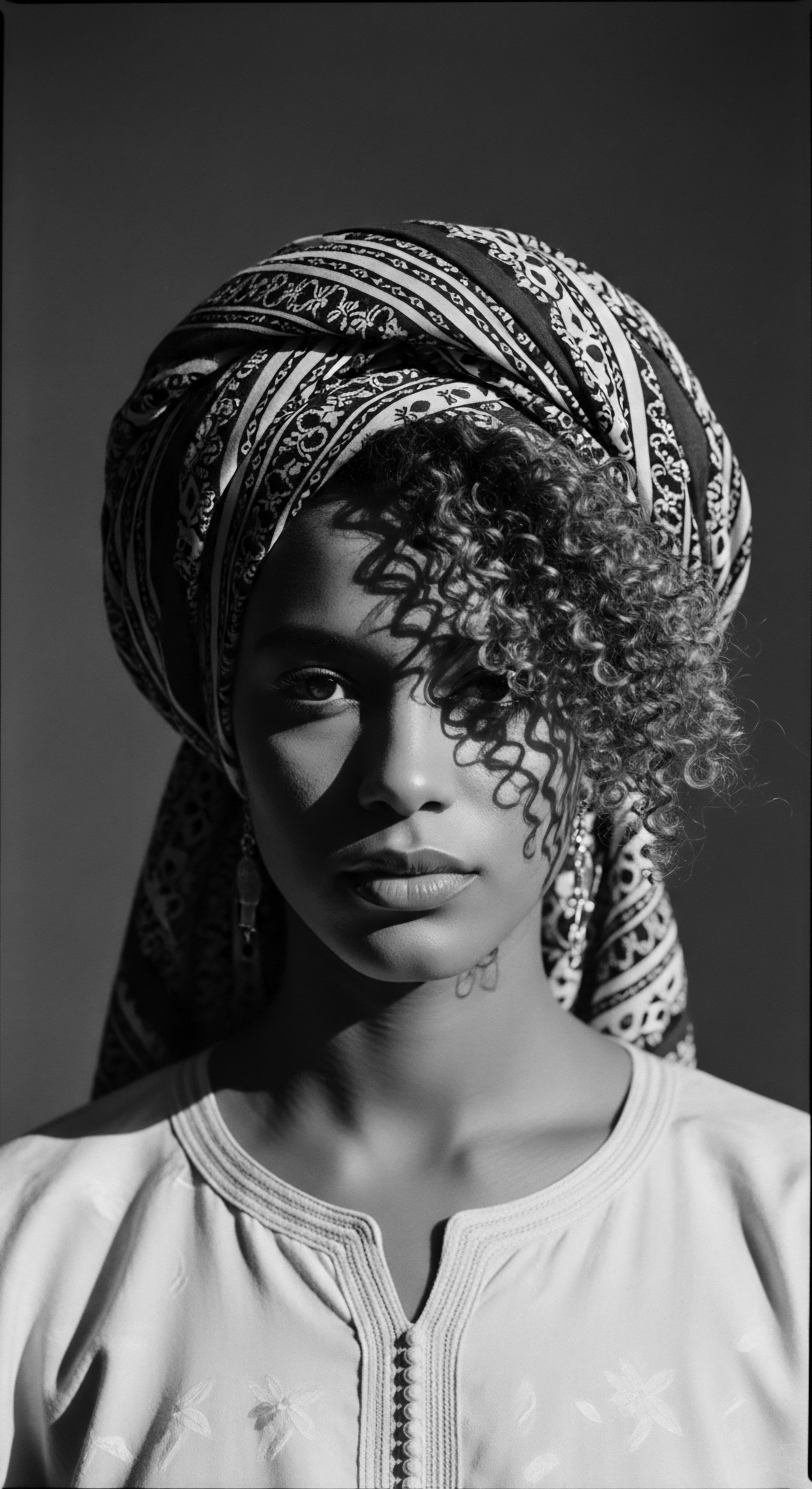
Intermediate
Moving beyond a basic comprehension, the intermediate interpretation of Health Disparities reveals itself as a complex interplay of systemic forces, historical legacies, and lived experiences that disproportionately burden communities with textured hair. It is not simply about differences in health outcomes; it speaks to the unfair and avoidable nature of these differences, stemming from persistent societal inequities. For those who carry the heritage of Black and mixed-race hair, this deeper sense of meaning involves recognizing how racial discrimination, economic marginalization, and cultural devaluation have sculpted unique health landscapes.

Systemic Roots of Imbalance
The structural elements that underpin health disparities are manifold. They include policies that historically disinvested in Black neighborhoods, limiting access to healthy foods, green spaces, and quality healthcare facilities. Such environmental factors, combined with socio-economic disadvantages, create a cumulative toll on well-being. Consider, for instance, how discriminatory housing practices, like redlining, confined Black communities to areas with fewer resources, impacting everything from the air they breathed to the products available in local stores.
The impact of these systemic forces extends directly to hair care. The beauty industry, for generations, has reflected and perpetuated Eurocentric ideals, leading to a market where products designed for textured hair were often scarce or contained ingredients that, while achieving a desired aesthetic, posed health risks. This created a cycle where individuals, seeking acceptance or professional advancement, felt compelled to use products that might compromise their health, a direct consequence of a society that devalued their natural hair.
Societal norms, often prioritizing Eurocentric aesthetics, have historically steered textured hair communities toward products that promise conformity yet carry health risks.
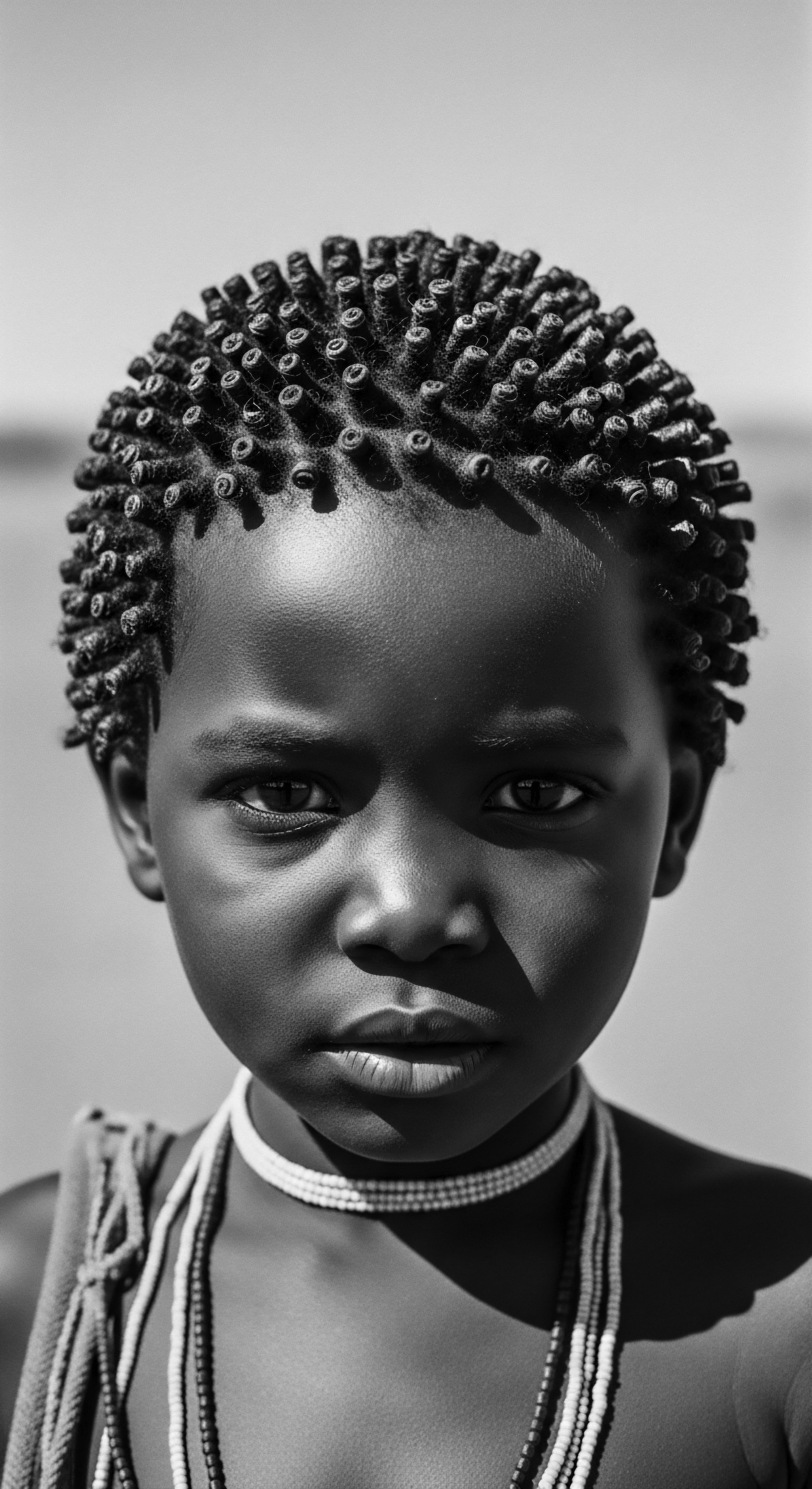
The Tender Thread of Community Care
Despite these formidable challenges, communities with textured hair have always maintained a deep tradition of care and resilience. This care often occurred within the intimate settings of homes and community spaces, where ancestral knowledge of natural ingredients and styling techniques was passed down through generations. These practices represented a form of self-preservation and cultural affirmation, a quiet defiance against external pressures.
- Natural Oils and Butters ❉ Ingredients like shea butter, coconut oil, and various African botanical oils (such as baobab and marula) were, and remain, central to traditional care. These substances offered hydration, protection, and nourishment, promoting scalp health and hair vitality without harsh chemicals. Their consistent use reflected a profound understanding of hair’s needs.
- Protective Styles ❉ Braids, twists, and cornrows, far from being mere fashion, served as protective measures, minimizing breakage and encouraging growth. These styles, with roots stretching back thousands of years in Africa, also conveyed social information, acting as visual markers of identity, marital status, or tribal affiliation.
- Communal Grooming ❉ Hair care was often a collective activity, fostering bonds and transmitting cultural wisdom. These sessions were opportunities for storytelling, mentorship, and the strengthening of community ties, weaving a shared understanding of hair’s place in identity.
The persistence of these traditional practices, even in the face of immense pressure, speaks to their intrinsic value and the enduring spirit of communities committed to their heritage. This dedication to ancestral methods, often passed down through oral tradition, represents a counter-current to the disparities imposed by external forces. It highlights a conscious effort to maintain health and identity, despite a world that frequently sought to diminish both.

Societal Pressures and Their Health Footprint
The drive to conform to Eurocentric beauty standards has had tangible health consequences. Studies show that Black respondents frequently use chemical straighteners, with many reporting they feel “more beautiful with straight hair”. These chemical straighteners, also known as relaxers, contain harmful substances such as parabens and phthalates, which are linked to elevated risks of early puberty, uterine fibroids, and various cancers. The constant exposure to these endocrine-disrupting chemicals, often starting from a young age, creates a distinct health burden.
The presence of such hazardous chemicals is not accidental; research indicates that products marketed to Black women are more likely to contain higher hazard scores compared to those marketed to white women. This environmental injustice, where less safe products are more readily available in neighborhoods with higher percentages of people of color and lower incomes, compounds the issue. The intersection of racialized beauty norms, economic factors, and product availability forms a significant component of health disparities experienced by textured hair communities.
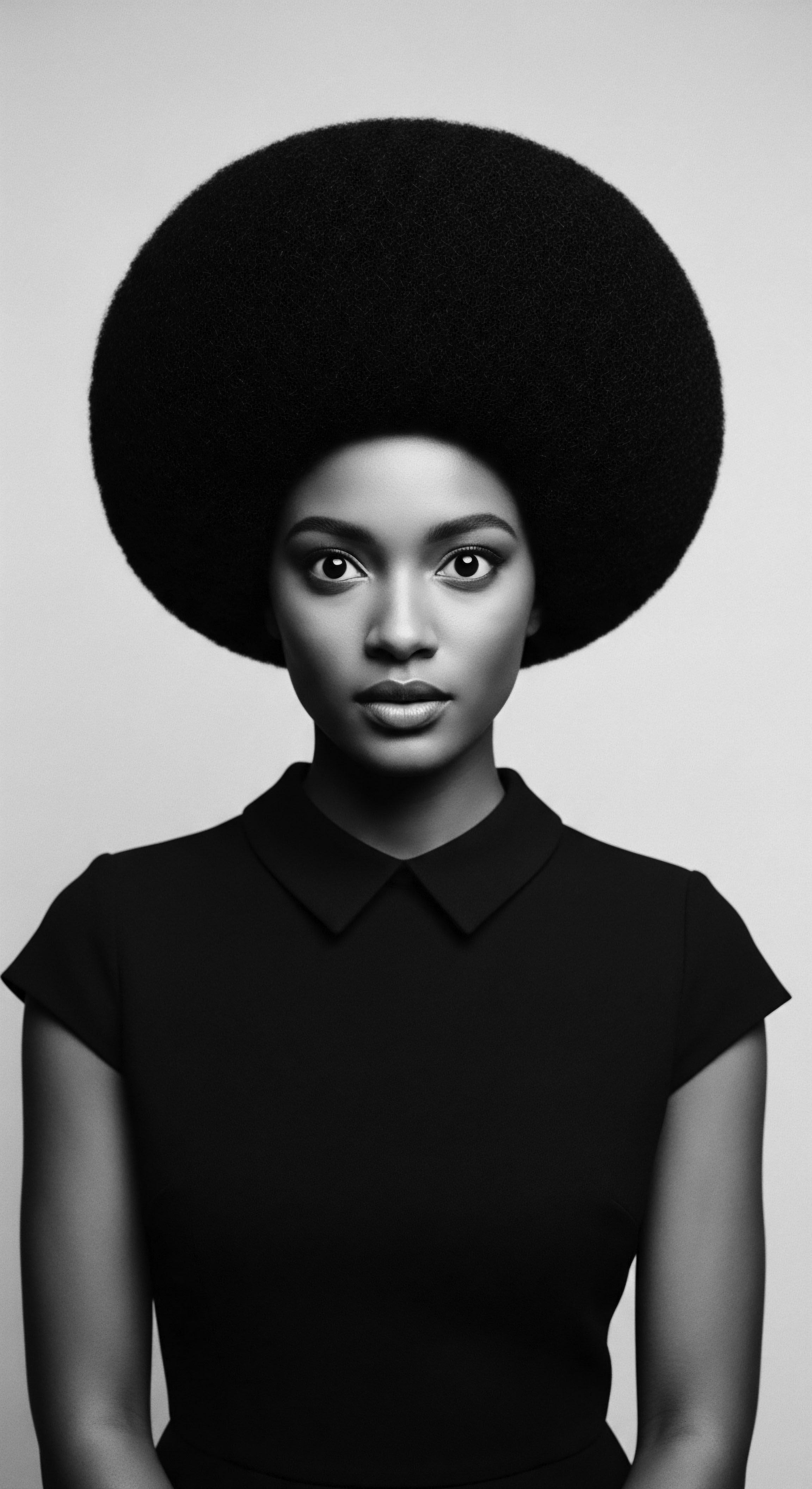
Academic
The academic delineation of Health Disparities, particularly through the lens of textured hair heritage, transcends simplistic explanations to address the intricate, deeply embedded mechanisms that perpetuate unequal health outcomes. It is an explication of how societal structures, historical injustices, and the very commerce of beauty have coalesced to create a distinct health landscape for individuals of Black and mixed-race descent. This scholarly perspective requires a rigorous examination of interconnected incidences across various fields, revealing a profound and often insidious impact on physical and psychological well-being.

The Profound Connotation of Health Disparities in Textured Hair Communities
Health disparities, within the context of textured hair, signify more than mere statistical differences in disease prevalence. They represent the systemic consequences of racial capitalism, colonial legacies, and the pervasive nature of anti-Black racism, which have historically and contemporaneously shaped access to safe environments, culturally competent care, and non-toxic beauty products. The designation of these disparities acknowledges a long-standing pattern where the health of marginalized communities has been compromised due to forces beyond individual control. This understanding moves beyond a surface-level observation to interrogate the root causes and enduring implications of these imbalances.
A critical examination reveals that the historical subjugation of Black bodies and the subsequent imposition of Eurocentric beauty standards created a market demand for hair alteration products. These products, often containing hazardous chemicals, became tools of social survival, allowing individuals to navigate discriminatory workplaces and social settings. The resultant health consequences are not isolated incidents but a direct outcome of this historical and ongoing pressure.

Interconnected Incidences ❉ Hair Product Chemicals and Reproductive Health
One compelling area where the Health Disparities’s connection to textured hair heritage becomes starkly evident is the disproportionate burden of certain chronic conditions, particularly those affecting reproductive health, within Black communities. This is often linked to the prolonged and widespread use of chemical hair relaxers and straighteners. These products, designed to permanently alter hair texture, frequently contain endocrine-disrupting chemicals (EDCs) such as phthalates, parabens, and formaldehyde-releasing preservatives.
The biological implications of these exposures are significant. EDCs mimic or interfere with the body’s natural hormones, potentially disrupting the endocrine system. This interference can lead to a cascade of adverse health outcomes, including early menstruation, which itself is a risk factor for breast cancer later in life. Moreover, a growing body of research connects these chemicals to increased risks of uterine fibroids, breast cancer, and uterine cancer.
A striking statistic underscores this grim reality ❉ Black women develop uterine fibroids at rates three times higher than women of other racial groups, often experiencing earlier onset—sometimes in their twenties—and more severe symptoms. A study published in the American Journal of Epidemiology linked fibroid risk with the use of hair relaxers, and further research, including the Black Women’s Health Study, has confirmed increased risks of uterine cancer for postmenopausal women who frequently used hair relaxers. These findings paint a sobering portrait of a public health crisis directly tied to racialized beauty norms and the unregulated chemical landscape of personal care products.
The historical imposition of beauty standards, compelling the use of chemical relaxers, has led to a documented increase in health risks, including uterine fibroids and certain cancers, among Black women.

The Scientific Mechanisms of Chemical Exposure
The absorption of these harmful chemicals occurs through various pathways. The scalp, with its rich blood supply and hair follicles, provides a direct route for chemicals to enter the bloodstream. Chemical relaxers, by their very nature, can cause burns, lesions, and breaks in the scalp’s protective barrier, further facilitating systemic absorption. This prolonged exposure, often spanning decades and beginning in childhood, contributes to a cumulative toxic burden.
Research utilizing gas chromatography/mass spectrometry (GC/MS) has identified numerous EDCs in hair products commonly used by Black women, including cyclosiloxanes, parabens, and diethyl phthalate (DEP). The prevalence of these compounds in biomonitoring samples from Black women, at higher levels than in white women, aligns with the elevated rates of certain health conditions. This chemical burden, often hidden from consumers due to inadequate labeling and regulatory loopholes, represents a significant environmental injustice.
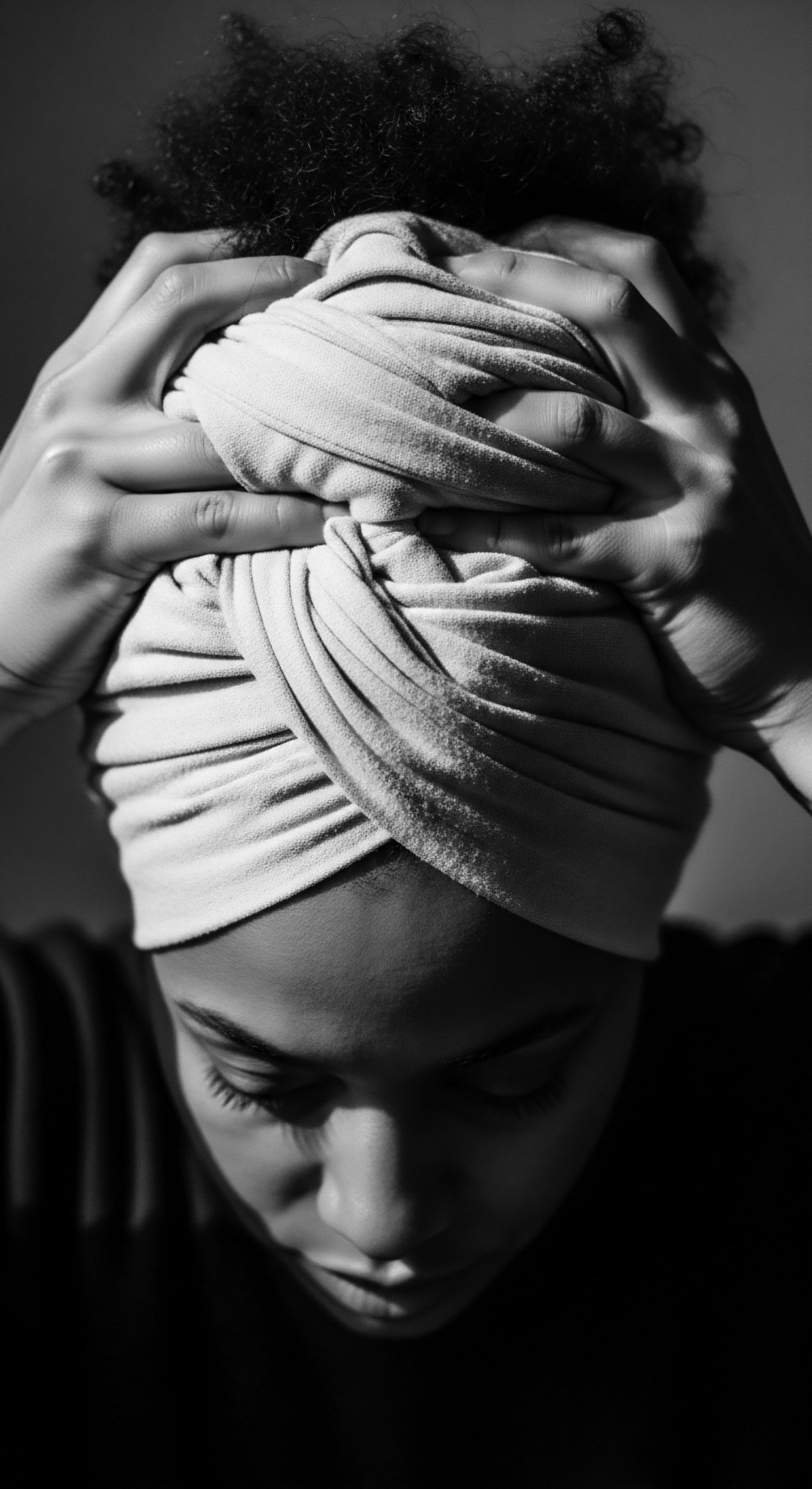
Ancestral Practices as a Counter-Narrative to Modern Harm
Against this backdrop of chemically induced disparities, ancestral hair care practices emerge as a vital counter-narrative, offering insights into inherent wellness. Long before the advent of modern chemicals, African communities relied on a rich pharmacopoeia of botanicals and natural substances for hair health. These practices were not merely cosmetic; they were deeply integrated into holistic well-being, reflecting an understanding of hair as a living extension of the self.
Consider the widespread use of natural oils such as Shea Butter, derived from the karite tree, known for its moisturizing and protective properties. Similarly, Baobab Oil, rich in essential fatty acids and vitamins, has been traditionally applied to moisturize both skin and hair, supporting elasticity and cellular regeneration. Marula Oil, replete with fatty acids and antioxidants, also served as a nutritive agent. These ingredients, sourced directly from the earth, supported hair health without introducing systemic toxins.
Furthermore, traditional practices like regular cleansing with natural soaps (such as African Black Soap, which nourishes the scalp with vitamins A and E without stripping nutrients) and conditioning with ingredients like rhassoul clay, provided comprehensive care. These methods, often involving communal rituals, reinforced a collective health consciousness, where knowledge of beneficial plants and techniques was shared across generations. The absence of harsh chemicals in these historical practices inherently mitigated the health risks now associated with many contemporary products.
| Aspect of Care Primary Goal |
| Traditional/Ancestral Practice (Pre-Colonial/Early Diaspora) Cultural expression, spiritual connection, hair health, community bonding |
| Contemporary/Modern Practice (Post-19th Century) Aesthetic conformity (straightness), convenience, perceived professionalism |
| Aspect of Care Key Ingredients/Methods |
| Traditional/Ancestral Practice (Pre-Colonial/Early Diaspora) Natural oils (e.g. shea, baobab, marula), herbal rinses, rhassoul clay, protective braiding, communal grooming |
| Contemporary/Modern Practice (Post-19th Century) Chemical relaxers (e.g. lye, no-lye), chemical dyes, heat styling, synthetic conditioners |
| Aspect of Care Associated Health Outcomes |
| Traditional/Ancestral Practice (Pre-Colonial/Early Diaspora) Supportive of scalp health, minimized breakage, promoted natural growth, holistic well-being |
| Contemporary/Modern Practice (Post-19th Century) Increased risk of uterine fibroids, breast cancer, uterine cancer, early puberty, scalp burns, respiratory issues |
| Aspect of Care Cultural Significance |
| Traditional/Ancestral Practice (Pre-Colonial/Early Diaspora) Identity marker, social status, spiritual power, resilience, community building |
| Contemporary/Modern Practice (Post-19th Century) Pressure to assimilate, self-perception challenges, a means of navigating discriminatory societal norms |
| Aspect of Care This table underscores the stark divergence in health outcomes between care practices rooted in ancestral wisdom and those driven by Eurocentric beauty standards. |
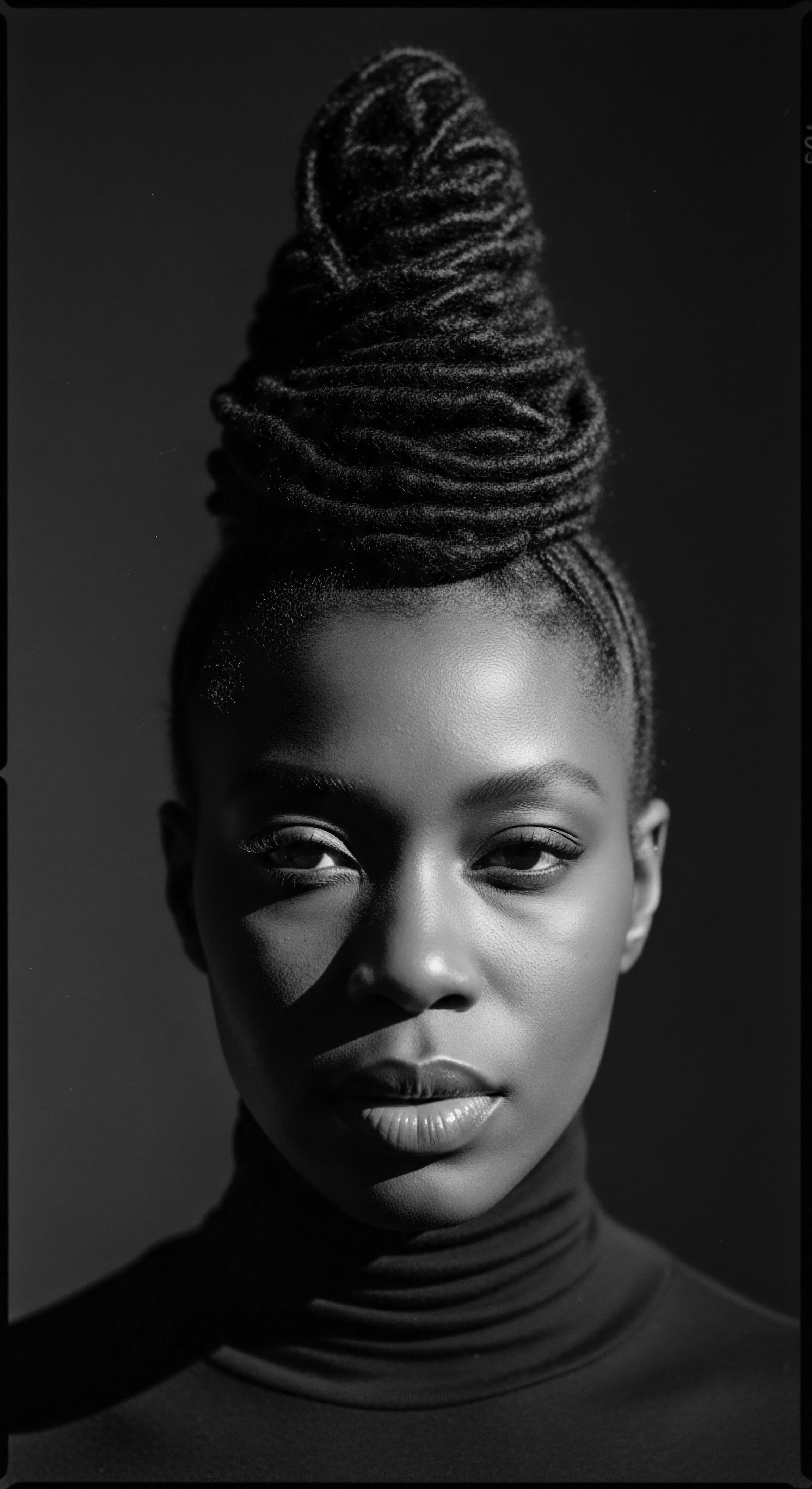
Policy and Advocacy as Pathways to Health Equity
The persistence of these disparities has spurred significant advocacy for environmental justice within the beauty industry. Organizations and researchers are actively working to expose the hidden dangers in products marketed to Black women and to advocate for stricter regulations and transparent labeling. The movement towards natural hair, gaining momentum in the 2000s, represents a powerful act of reclaiming cultural identity and prioritizing health over imposed beauty standards. This shift not only challenges discriminatory norms but also directly addresses the chemical burden associated with certain hair alteration products.
Legislation such as the CROWN Act, which aims to combat race-based hair discrimination, signifies a societal awakening to the systemic nature of these issues. Addressing health disparities in textured hair communities requires a multi-pronged approach ❉ dismantling discriminatory beauty standards, regulating harmful chemicals in personal care products, and supporting the reclamation of ancestral hair care practices. It is a collective endeavor to ensure that the journey of textured hair is one of health, affirmation, and liberation, free from the echoes of historical oppression.
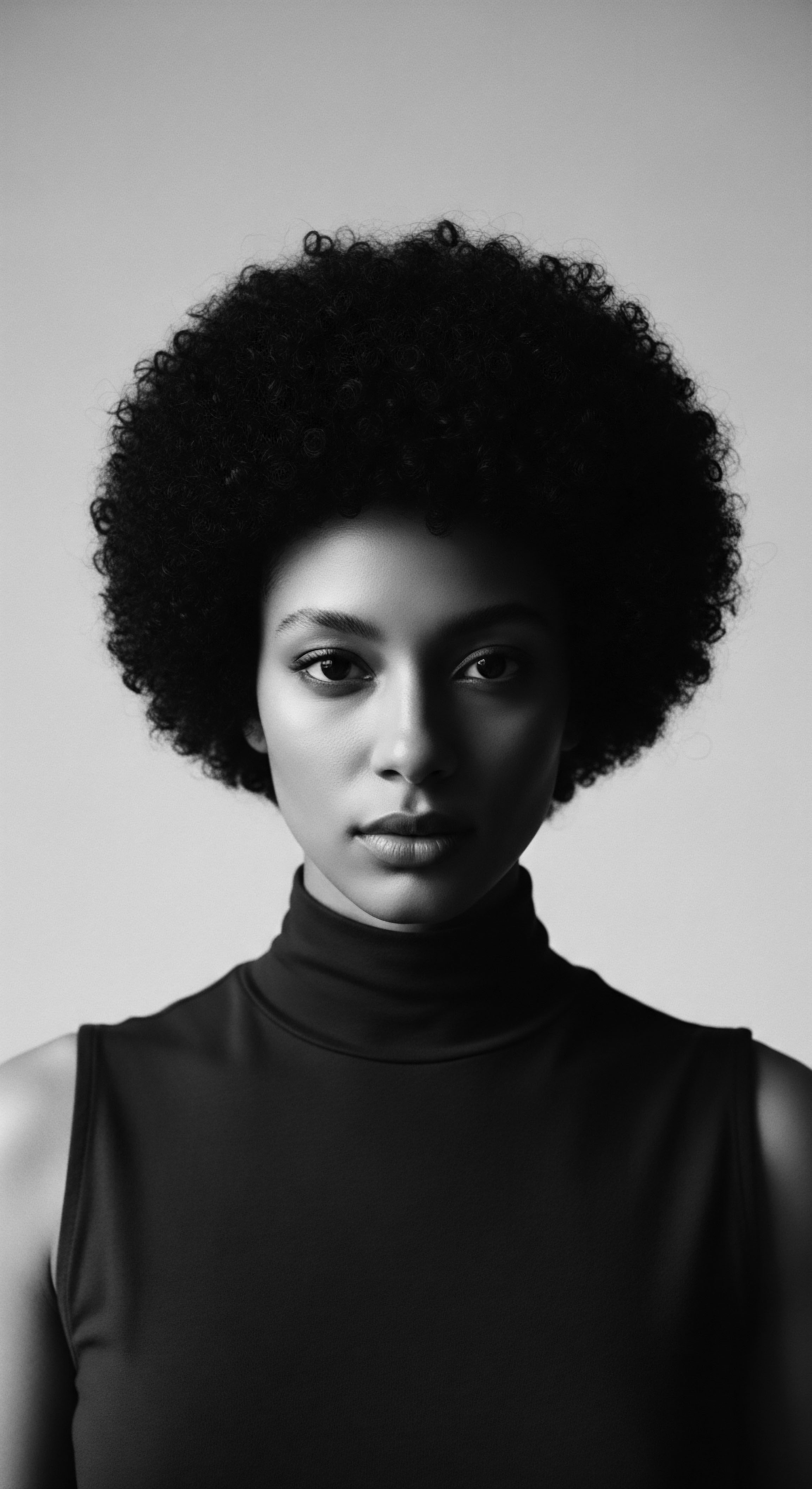
Reflection on the Heritage of Health Disparities
The journey through the meaning of Health Disparities, particularly as it intertwines with the rich heritage of textured hair, leaves us with a profound sense of understanding. It is a story not just of biological differences, but of the deep, enduring impact of historical currents and societal currents upon the very strands that crown our heads. The Soul of a Strand ethos calls upon us to recognize that each coil, each curl, each braid holds within it generations of stories—of resilience, adaptation, and unwavering spirit.
We have seen how the ancient reverence for hair, as a symbol of identity and spiritual connection in pre-colonial Africa, was brutally disrupted by the transatlantic slave trade. This initial trauma laid the groundwork for disparities, as access to ancestral knowledge and nourishing practices was denied. The subsequent pressures to conform to Eurocentric beauty ideals led to the adoption of practices and products that, while offering a semblance of acceptance, introduced new forms of harm. The legacy of these choices, manifesting as elevated risks for conditions like uterine fibroids and certain cancers, speaks to a deeply ingrained injustice.
Yet, within this challenging historical arc, the strength of heritage shines brightly. The tender thread of ancestral wisdom, passed down through whispers and shared rituals, continues to guide many towards natural ingredients and protective styles. These practices are more than just hair care; they are acts of cultural reclamation, affirmations of self, and pathways to holistic wellness. They remind us that the solutions often lie in returning to the source, honoring the wisdom of those who came before us.
The unbound helix of textured hair, with its inherent strength and beauty, serves as a living testament to this enduring spirit. It reminds us that understanding health disparities is not about assigning blame, but about acknowledging the systemic forces that have shaped health outcomes and working collectively to dismantle them. Our ongoing commitment at Roothea is to illuminate these truths, to celebrate the beauty and resilience of textured hair, and to champion a future where every strand can truly flourish, free from the shadows of past injustices, standing tall in its inherited glory.
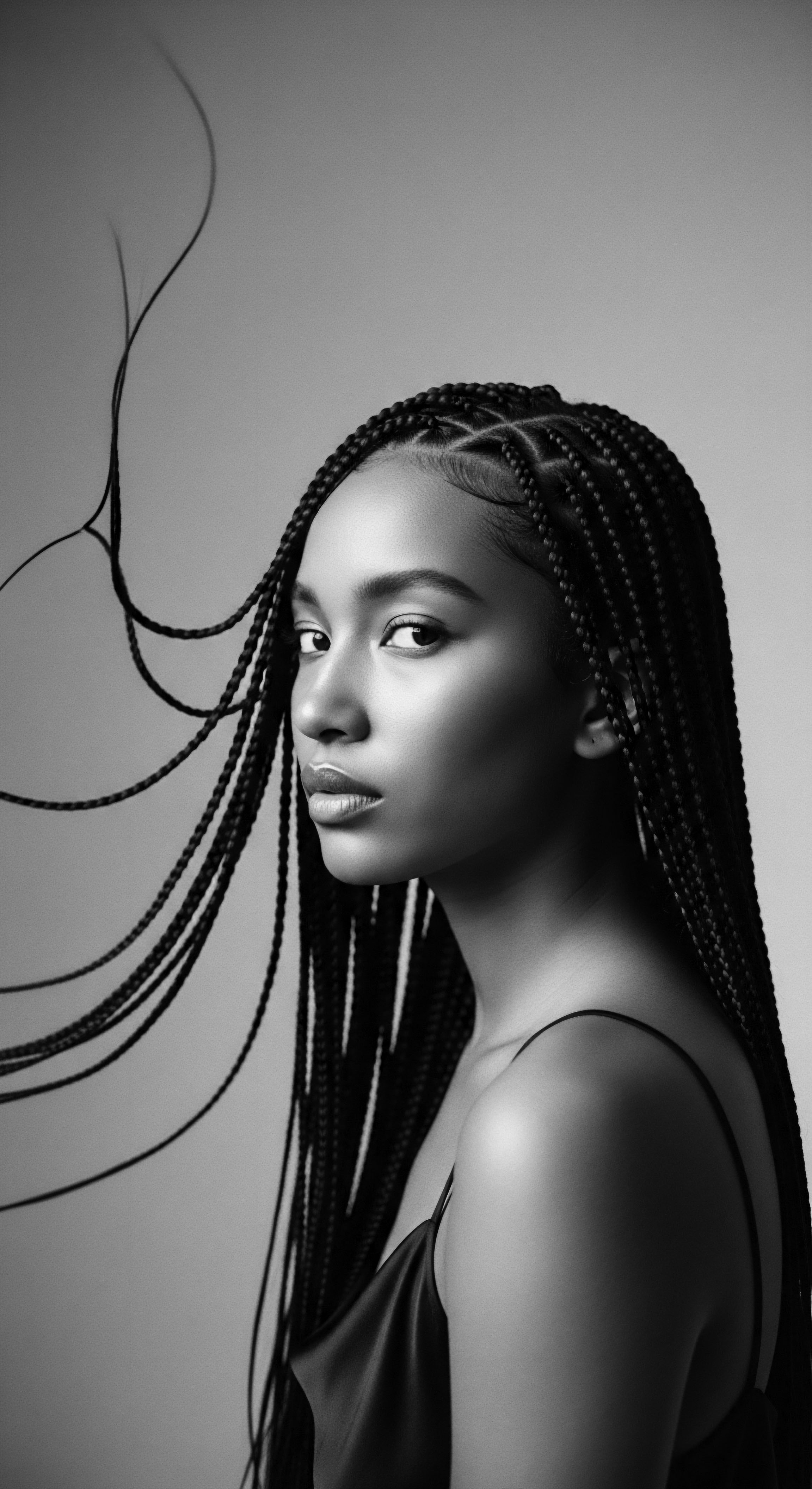
References
- Allen, R. L. & Dancy, C. (2015). The Power of Hair ❉ A History of African American Style and Identity. University of Illinois Press.
- Brown, T. (2019). The Tignon Laws ❉ A History of Hair and Resistance in New Orleans. University of Louisiana at Lafayette Press.
- Byrd, A. D. & Tharps, L. D. (2001). Hair Story ❉ Untangling the Roots of Black Hair in America. St. Martin’s Press.
- James-Todd, T. et al. (2020). Measurement of endocrine disrupting and asthma-associated chemicals in hair products used by Black women. Environmental Research, 181, 108902.
- McDonald, S. (2023). Hair and Scalp Clinic ❉ Understanding Black Hair Health. Self-published.
- Parker, A. (2021). The Natural Hair Handbook ❉ A Guide to Healthier Hair and a Happier You. HarperCollins.
- Shamasunder, B. (2023). The environmental injustice of beauty products ❉ Toward clean and equitable beauty. Environmental Health Perspectives, 131(1), 011001.
- White, A. (2023). Hair Relaxer Use and Risk of Uterine Leiomyomata ❉ The Black Women’s Health Study. ResearchGate.
- Wise, L. A. et al. (2012). Hair relaxer use and risk of uterine leiomyomata in African American women. American Journal of Epidemiology, 175(5), 432-440.
- Wyatt, G. E. et al. (2017). Femininity, hair relaxers, and the impact of beauty standards on Black women’s health. Journal of Black Psychology, 43(8), 755-778.
